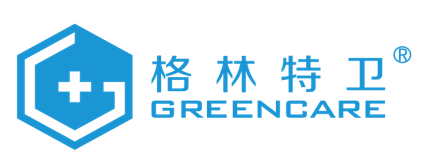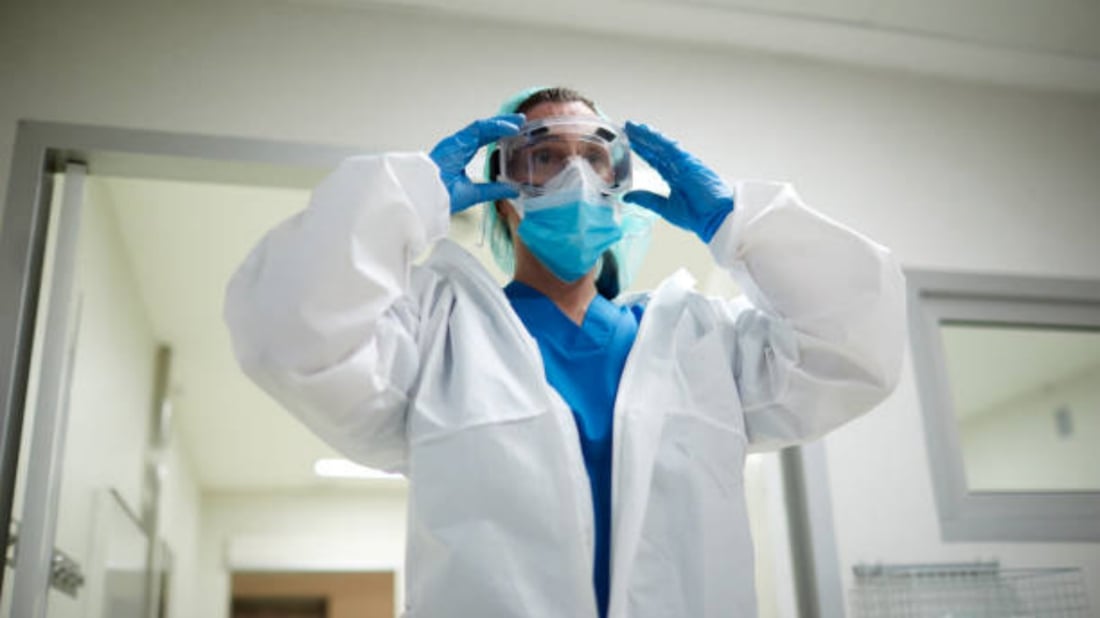level a protective clothing: Ensuring Safety in Hazardous Environments
When it comes to working in hazardous environments, the safety of workers should always be a top priority. One crucial aspect of ensuring their well-being is providing them with the appropriate protective clothing. Level A protective clothing is designed to offer the highest level of protection against various hazards, including chemicals, biological agents, and radioactive materials. In this article, we will explore the different aspects of level A protective clothing and its importance in safeguarding workers.
The Importance of Level A Protective Clothing
Level A protective clothing is specifically designed to provide the highest level of protection against the most severe hazards. It offers full-body coverage, including the head, face, and extremities, ensuring that workers are shielded from any potential harm. This type of clothing is commonly used in emergency response situations, hazardous material handling, and in industries where workers are exposed to dangerous substances.
The Components of Level A Protective Clothing
Level A protective clothing consists of several components that work together to create a barrier between the wearer and the hazardous environment. These components include:
Chemical-Resistant Suit
The chemical-resistant suit is the primary component of level A protective clothing. It is designed to be impermeable to various chemicals, offering an effective barrier against hazardous substances. The suits are typically made from materials such as neoprene or Tychem, which provide excellent resistance to chemical penetration.
Self-Contained Breathing Apparatus (SCBA)
To protect the respiratory system, level A protective clothing includes a self-contained breathing apparatus (SCBA). This equipment supplies clean, breathable air to the wearer, ensuring that they can work safely in environments where the air may be contaminated or lacking oxygen.
Gloves and Boots
Level A protective clothing also includes chemical-resistant gloves and boots. These accessories provide additional protection for the hands and feet, safeguarding workers from potential contact with hazardous substances. The gloves and boots are specially designed to be resistant to chemicals and offer a secure fit to prevent any leakage.
Face Shield and Hood
For complete protection of the head and face, level A protective clothing incorporates a face shield and hood. The face shield shields the wearer's eyes and face from chemical splashes or airborne particles, while the hood provides coverage for the head and neck.
Choosing the Right Level A Protective Clothing
When selecting level A protective clothing, it is essential to consider several factors to ensure the optimum level of protection. These factors include:
Chemical Resistance
It is crucial to choose a chemical-resistant suit that is suitable for the specific hazardous substances present in the working environment. Different suits offer varying levels of resistance, so it is essential to select the one that provides adequate protection against the chemicals encountered.
Proper Sizing and Fit
Level A protective clothing should fit properly to ensure maximum protection. Ill-fitting clothing can compromise the effectiveness of the barrier and increase the risk of exposure. It is important to choose suits, gloves, and boots that are the correct size for each individual worker.
Mobility and Comfort
Working in level A protective clothing can be physically demanding, so it is important to choose garments that allow for ease of movement and comfort. Workers should be able to perform their tasks without hindrance while still being adequately protected.
Training and Familiarity
Proper training and familiarization with level A protective clothing are crucial for its effective use. Workers should be trained on how to properly don and doff the clothing, as well as how to perform tasks while wearing it. Regular drills and practice sessions can help ensure that workers are proficient in using the equipment.
Conclusion
Level A protective clothing is an essential component in ensuring the safety of workers in hazardous environments. By providing full-body coverage and protection against various hazards, it plays a vital role in safeguarding workers from harm. When selecting level A protective clothing, it is important to consider factors such as chemical resistance, proper sizing, comfort, and training. By prioritizing the use of level A protective clothing, organizations can create a safer work environment and protect their workers from potential hazards.

